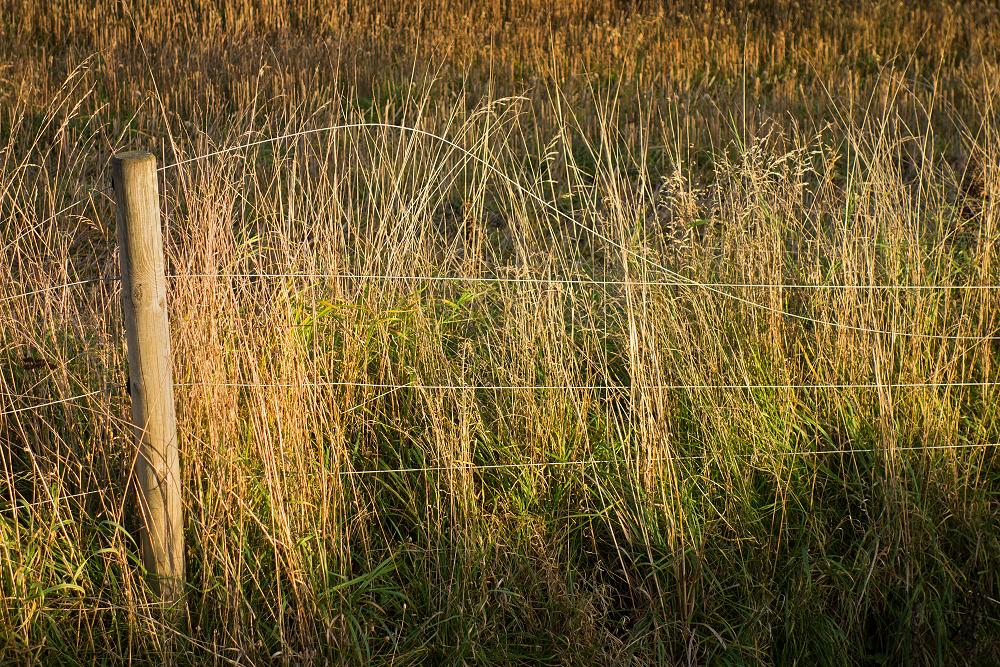
A New Zealand inventor
The Hayes permanent wire strainer (more commonly known as the 'Triplex' wire strainer) is a ubiquitous artefact of everyday life in rural New Zealand. Researching this artefact quickly revealed that the origins of the Hayes Triplex wire strainer were vastly at odds with popular belief; a belief that somehow enshrined the strainer as symbolic of a particular quality, or qualities, that are commonly regarded as defining characteristics of what it means to be a New Zealander, namely those of pragmatism and adaptability. The discovery that Hayes did not invent the Triplex wire strainer, led to further research into the notion of design as an evolutionary process, and this in turn, led to an even more more compelling question about the nature of Hayes‘ work.
Amongst many other things, Ernest Hayes developed a portable wire strainer (known as the 'Hayes Smooth Grip Chain Grab Wire Strainer'), a device used to tighten fencing wire. This was one of his earliest inventions, and one on which he appears to have spent much of his working life from the earliest version in 1905 until its final iteration in 1924, two years before his retirement. This product is arguably Hayes’ most successful design and remains in production today virtually unchanged in either its form or operating principle. Sales of Hayes’ portable wire strainers eventually ran into the thousands and this product has been sold internationally since his first Australian patent of 1910.
So why should Ernest Hayes be regarded as an industrial designer? If one was content with the simplest of proofs, then one could argue that this recognition is simply axiomatic: a result of his 1981 award by the New Zealand Industrial Design Council for the Hayes Smooth Grip Chain Grab Wire Strainer. But such a response does not really satisfy. It does not provide for a full enough appreciation of Hayes’ work.
Hayes’ emergence as an industrial designer can be described as a metamorphosis that took place in his work as he transitioned from the production of predominantly hand crafted goods such as the pollard cutter and the pollard mixer (pollard was a bait to poison rabbits), to the production of far more complex products requiring a much greater degree of precision and mechanization, such as his portable wire strainers and his windmills. Closely allied to this increased degree of complexity of his products was the nature of their production process and their distribution. This is what makes Hayes a pioneer industrial designer.


